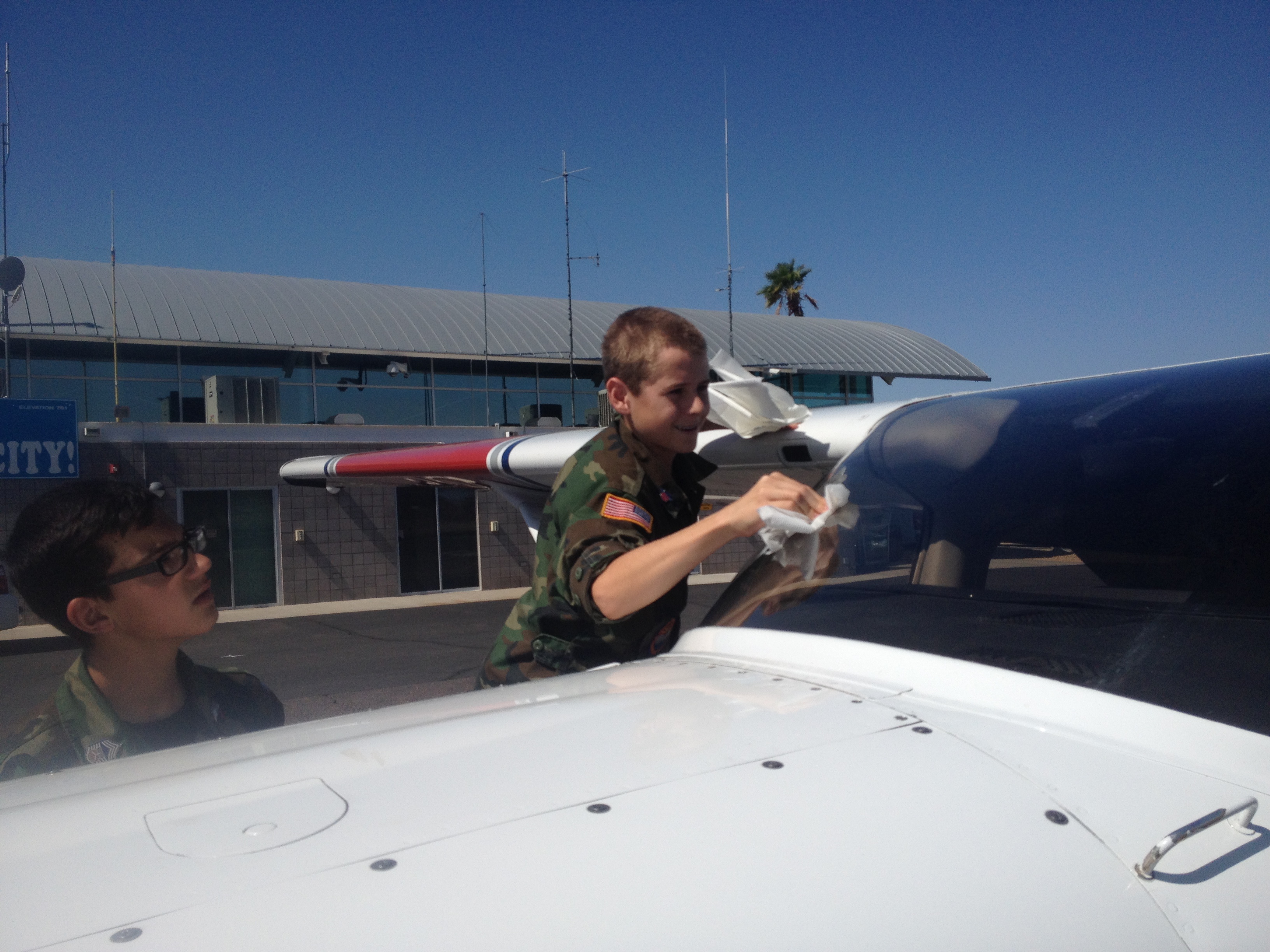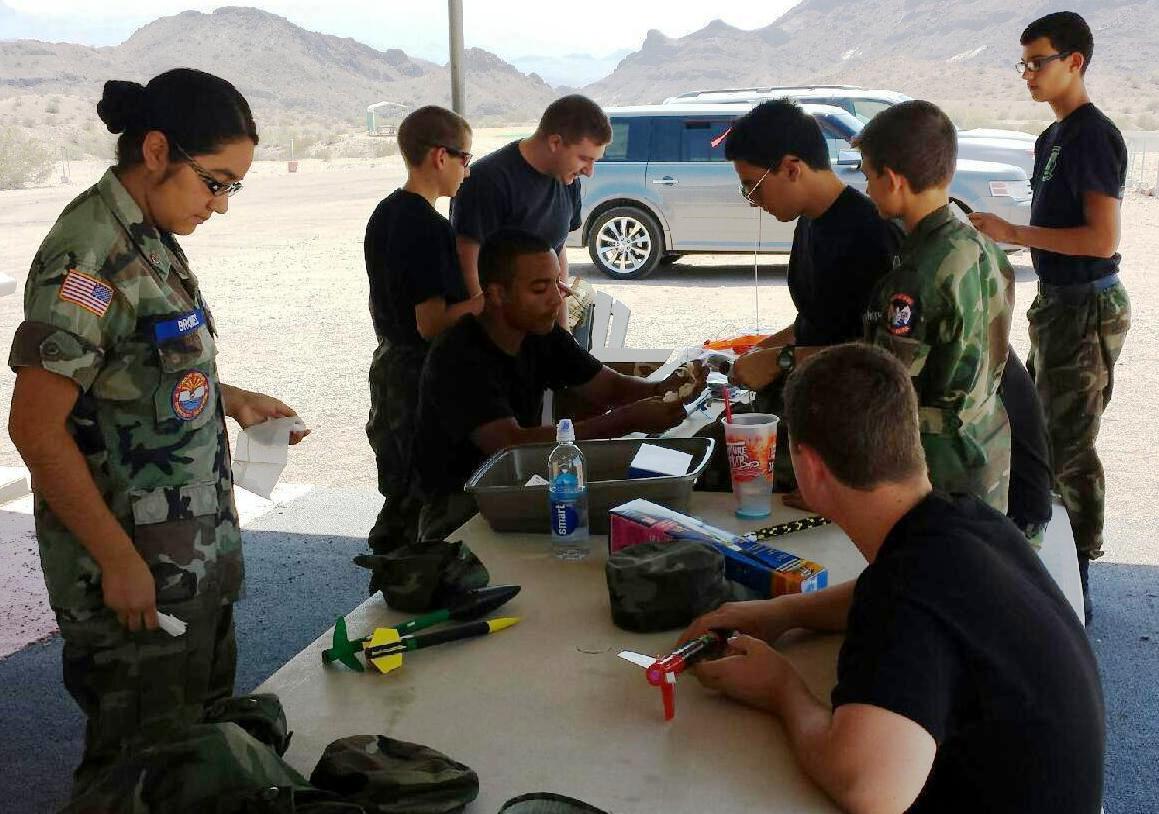CAP is the official auxiliary of the USAF. It has 61,000 members, 550 aircraft and 1,000 vehicles and participates in Homeland Security, disaster relief and drug interdiction activities at the request of federal, state and local agencies. CAP has three missions: Emergency Services, Cadet Program and Aerospace Education.
Emergency Services. Senior members who qualify as flight crew perform over 90% of inland, airborne Search & Rescue missions in the USA in the most cost-effective manner for the US taxpayer at a cost of approximately $135 per flying hour which is 1/40th of the cost of a using a military C-130. Other flights are undertaken to facilitate USAF operational training and for Homeland Security purposes. Qualified pilots joining as senior members can become CAP pilots and fly for free on missions, operational exercises and when giving orientation flights to cadets. Other volunteers are required as airborne mission observers / scanners and in support roles on the ground in the Mission Base Incident Command Post at Lake Havasu City Municipal Airport. Flight crew who demonstrate a superior level of performance and who are willing to deploy within the USA for 3 x 10-day periods a year may volunteer to utilize high-technology equipment and participate in USAF operational training exercises. Increasingly, CAP is moving into the area of imagery collection and various new capabilities are being introduced.
Cadet Program. The Cadet Program provides a structured system for developing leadership; teamwork and social skills in young people aged 12-21. To encourage cadets to be self-motivating to accomplish academic and performance-related goals, achievements are recognized through the award of cadet grades and uniform ribbons. Achievement of a cadet officer grade may be of assistance in being selected for entrance to the USAF Academy (4-year degree course valued at $400,000). For those interested in joining the USAF in the enlisted ranks, achievement of a cadet officer grade permits a starting rank of E-3 (currently worth an additional $3,200 / 19% increase per year). Cadets also have the opportunity to take orientation flights in fixed wing aircraft and gliders and to participate in practical activities such as rocketry.
Aerospace Education. Comprehensive Aerospace Education self-study and hands-on materials are available to senior members and cadets during weekly Squadron meetings, on-line, or in hard copy. In addition, presentations are given on a wide range of aerospace topics ranging from historic through present day to cutting-edge future developments.


